#phylum
Text
Phylum Final Round!

For the Phylum Level Champion!
Reminder: This is the final PHYLUM round. Winner goes on to classes!
Magnoliophyta (aka angiosperms, flowering plants): A large, diverse phylum with over 300,000 known species. Two of the more well-known sub-divisions are monocots (including grains, onion-like plants, and irises and lilies) and eudicots (including most leafy trees, a wide variety of flowers such as sunflowers and roses, and many food plants from coffee to cabbages.)
Bryophyta (aka mosses): Small but mighty, and among the most ancient of land plants. 95% of all moss species are in the class Bryopsida, while Sphagnopsida contains the bog-loving peat mosses.
#magnoliophyta#bryophyta#plant taxonomy showdown#battle of the plants#phylum final round#phylum#plant bracket#tumblr bracket#bracket tournament#poll bracket
485 notes
·
View notes
Text
Phylum Round 3

Annelida: Segmented Worms. This group includes earthworms, leeches, and many classes under the umbrella of “polychaete”. This diverse phylum encompasses deposit feeders (eating dirt), detritivores, scavengers, deadly ambush predators, filter feeders, parasites, herbivores, and more. They are broadly defined by their repeating body segments and parapodia, which are nubby appendages used for both movement and breathing. Some have curved jaws for catching prey or scraping detritus off of rocks, while others have wide, elaborate, brightly colored feather-like fans for filter feeding. While able to crawl freely, a majority of marine Annelids spend most of their time in self-built tubes or burrows. Among their many important functions, they play a key role in mixing soil/sediment, breaking down decaying organic matter, and providing a key food source to countless other animals.
Cnidaria: Jellyfish, anemones, corals, box jellies, and hydroids. They have a gelatinous body with radial symmetry, a decentralized nervous system, and tentacles surrounding a simple mouth. The defining feature of this phylum are their cnidocytes, or stinging cells. There are two different body plans of the Cnidaria; an immobile “polyp” attached to a surface, or a free-living “medusa” which can swim or drift in the water column. Many polyp Cnidarians, such as corals, live in colonies. Some corals build reefs which serve as habitat for other animals. Free-living medusa Cnidarians must return to the seafloor in a polyp-like stage as a part of their life cycle.
#annelida#cnidaria#animal bracket#tumblr bracket#bracket tournament#poll bracket#phylum round 3#phylum#begging on my knees for annelids rn sorry I am so biased#world's best most beloved worms
333 notes
·
View notes
Text

The plant root guy
#cat art#cat#warrior cats#warrior cat art#warriors au#warrior cats art#biology#catified#fungi#fungus#glomeromycota#fungus cats#phylum#mushrooms#mold#mushroom spores
3 notes
·
View notes
Text
Gonna post this one every two hours again since that seemed to work well xD
19 notes
·
View notes
Text
#personal fav are mollusks 💜#had to fight myself not to include ctenopnora or rotifera#phylum#phyla#annelids#anthropods#chordates#cnidarians#echinoderms#molluscs#or#mollusk#if ur american ig#nematodes#platyhelminthes#porifera#sponges#animal phyla#polls#tumblr polls#reblog for a bigger sample size#please#science#animals#please forgive me any typos
1 note
·
View note
Text
General Characteristics and Classification of Phylum Mollusca
Phylum Mollusca: It is the second largest phylum in animal kingdom and consists of over 150,000 marine, freshwater and terrestrial species.
Mollusca, the second largest animal phylum after Arthropoda, is a diverse group of soft-bodied invertebrates . They are found in almost all aquatic environments, from freshwater to the deepest parts of the ocean, as well as on land in moist or humid places.…
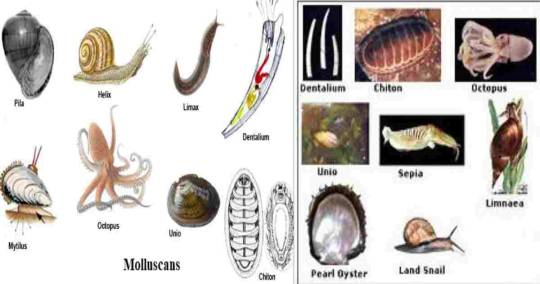
View On WordPress
0 notes
Text
Word of the Day📚
Word of the Day📚: Phylum -- (taxonomy) A rank in the classification of organisms, below kingdom and above class; also called a divisio or a division, especially in describing plants; a taxon at that rank
0 notes
Text
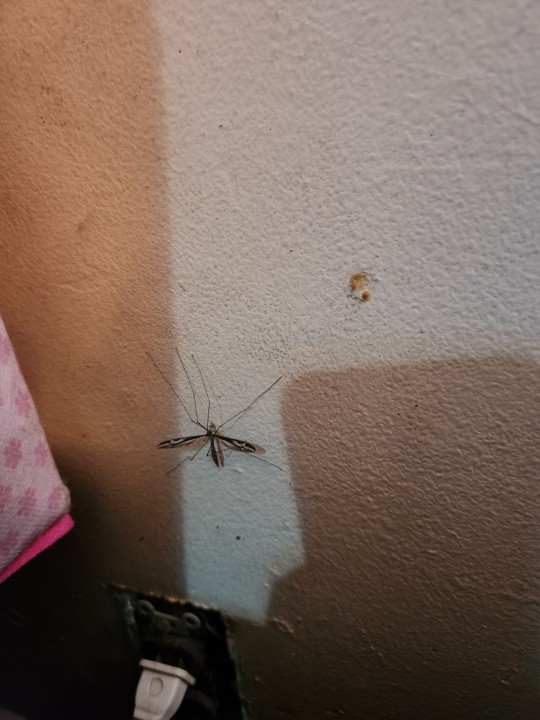
This is a type of crane fly which is one of the species that falls under the daddy/granddaddy longleg category. It looks like a tipula maxima to me, but the photo is old, so I can't be sure. Now you may be looking at this little one thinking "isn't that just a mosquitoe" which is fair as they look very similar. The easiest way to tell the difference between a crane fly and mosquitoe is that crane flies are bigger with long legs and straight bodies. The reason crane flies and mosquitoes look so similar is because they both belong to the Order Diptera(true flies) and Phylum Arthropoda.
#insects#crane fly#mosquitoes#Phylum#science#biology#arthropods#entymology#science order#taxonomy#picture#picture of insect#insect pictures#insect photography
1 note
·
View note
Photo

1 note
·
View note
Text
Psst. Hey. Y'all should totally vote for the Mollusc of the Year awards, which are currently open at the moment: the winning species will have its genome sequenced for free, which greatly helps out the scientists studying it. Here are this year's candidates:

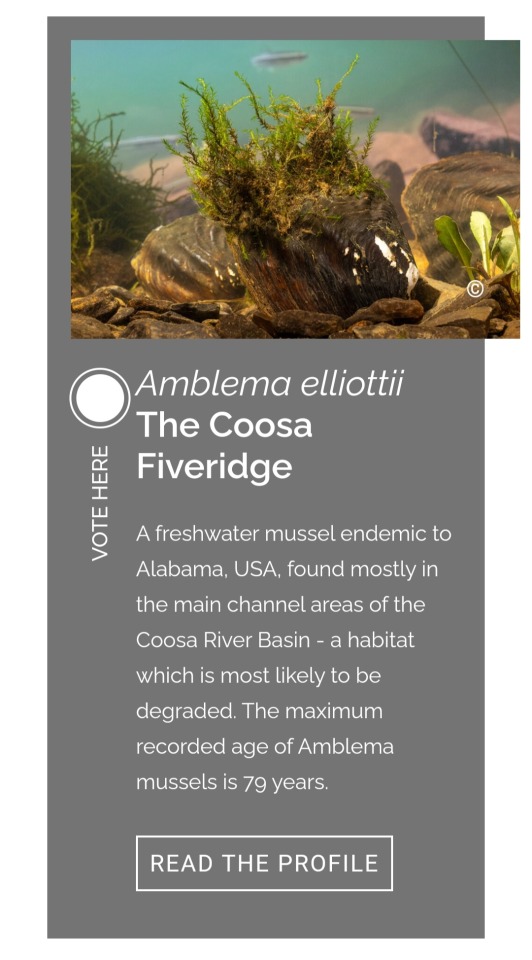
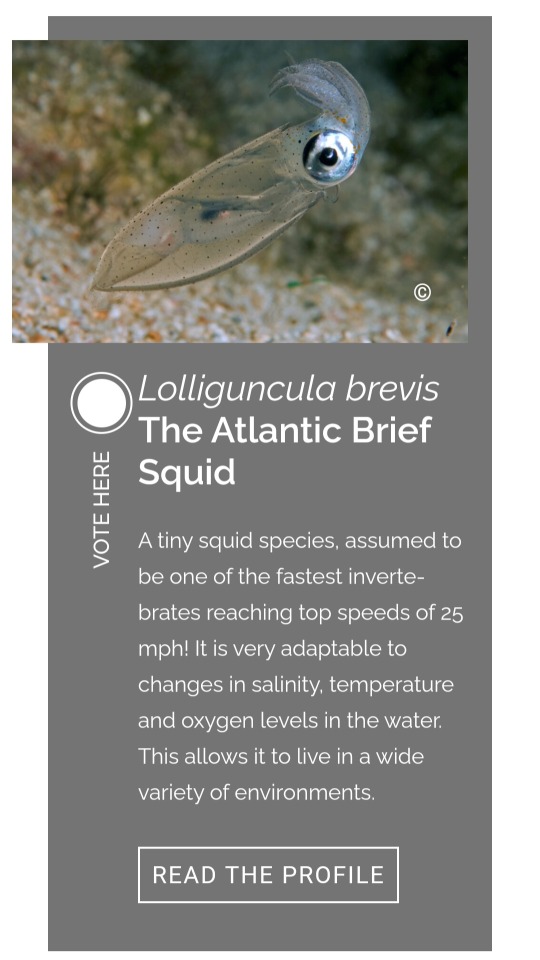
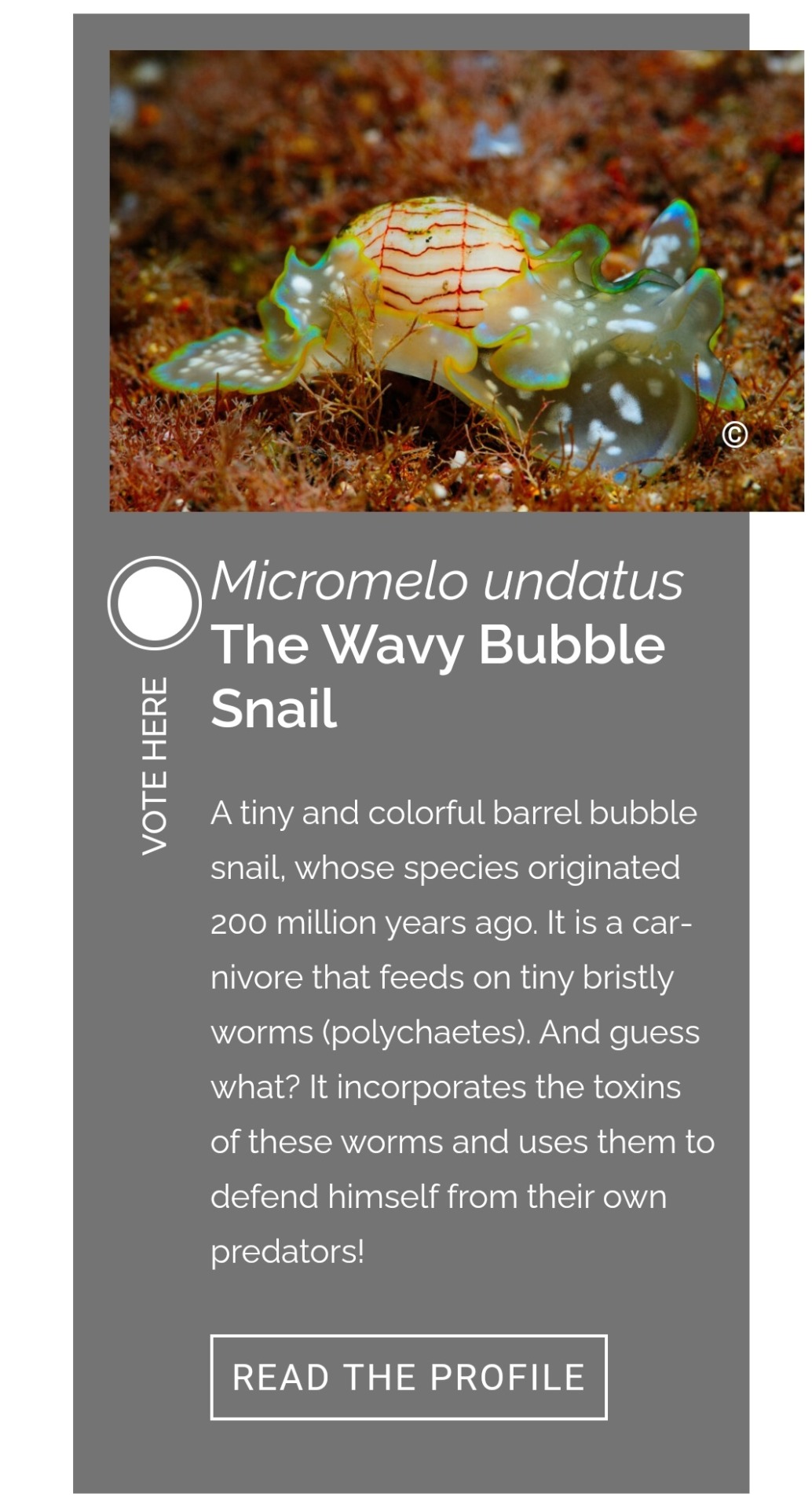

All of these guys are really cool, understudied invertevbrates, so spread the word! Its totally free, and you get to learn more about a bunch of cute underrated little guys
#molluscs#phylum mollusca#invertebrates#bugs#squid#snail#mussel#mollusc of the year#heard about it in invert bio class and had to share#i voted for the bioluminescent snail :)
548 notes
·
View notes
Text
Phylum Semi-Finals

Big Spiky Things vs Little Soft Things
Pinophyta (conifers) fun fact: Giant sequoias, Sequoiadendron giganteum, can grow over 300 feet tall, 30 feet in diameter, and live for over 3,000 years. They are the world's largest trees.
Bryophyta (mosses) fun fact: Mosses in the Sphagnum genus can hold 16-26 times as much water as their dry weight.
#pinophyta#bryophyta#plant taxonomy showdown#battle of the plants#phylum round 3#phylum#plant bracket#tumblr bracket#bracket tournament#poll bracket#phylum semi-finals
150 notes
·
View notes
Text
Phylum Round 1
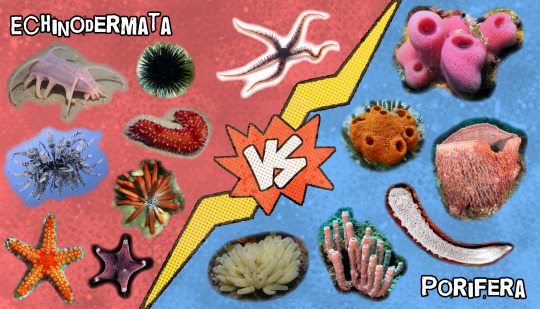
Echinodermata: Sea urchins, sea stars, sea cucumbers, brittle stars, and feather stars. This widespread phylum can be found near every continent, including Antarctica, where they are particularly dominant. They are distinctive for their radially symmetrical body and skeleton located between the outer skin and inner body cavity. They move by hydraulic power using a "water vascular system" which pumps water throughout their body. Hundreds of tube feet extend and retract using this system, allowing them to crawl on the seafloor. These organisms play important roles in the food chain of their habitats, like sea urchins grazing in kelp forests.
Porifera: Sponges. One of the oldest forms of animal life on Earth, Porifera represents an evolutionary transition to multicellular life. Their bodies are made up many individual cells, rather than having true tissues, but these cells work together as one organism. By beating specialized flagella (whip-like structures), Sponges create a water current through their many pores, so they may filter feed while living on the seafloor. Various species have developed unique adaptations, such as an internal skeleton of spikes, symbiosis with photosynthesizers, or potent toxins to ward off predators. Many Sponges produce unusual chemical compounds that may be useful to medical research.
#echinodermata#porifera#animal bracket#tumblr bracket#bracket tournament#poll bracket#phylum round 1#phylum
438 notes
·
View notes
Text

The classic mushrooms
#cat art#cat#warrior cats#warrior cat art#warriors au#warrior cats art#biology#catified#fungi#fungus#basidiomycota#fungus cats#fly agaric#amanita#puffball#puffball mushroom#fairy ring#phylum#mushrooms#mold#mushroom spores
3 notes
·
View notes
Text

i've decided to try and draw the classes of every single animal phylum. i don't know if i'll regret this but i'll try my darndest. first up, sponges, they aren't the most exciting things but they are things.
0 notes
Note
if you ever want to dip your toes into the more creepy side, in the episode "a health of information" a disease called swamp fever apparently turns living ponies into trees!! it always freaked me out, and since it was in the later seasons, it just wasn't developed upon (of course :P) there's a screenshot of one of the doctor ponies holding up a book that shows the cycle of transformation-- the stage where they've still got limb-like roots is so so creepy!!

HEY WHAT???? HEY WHAT. WHAT THE HECK IS THIS
#ask#a health of information#oohhogh the bees are immune to a disease that affects ponies!#YEAH THATS HOW DISEASES WORK#VERY FEW ARE ACTUALLY TRANSMISSABLE BETWEEN SPECIES#MUCH LESS BETWEEN PHYLUMS!!?!?!?!??!?!??!#ssg swamp fever
189 notes
·
View notes
Text
Phylum Annelida Characteristic, Classification with Example
Annelida: The phylum annelida was first coined by LAMARCK (1801) (Gr., annulus – little ring + eidos – form) for the higher segmented worms.
There are around 16500 species included in the phylum Annelida. Appearence of metamerism represents their greatest Advancement, so they are called a Segmented worms. The unique characteristic of the phylum Annelida is metamerism. The body is divided into a…
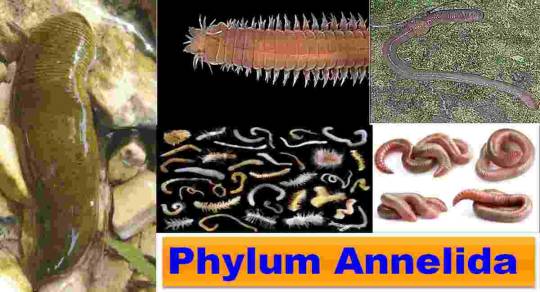
View On WordPress
0 notes